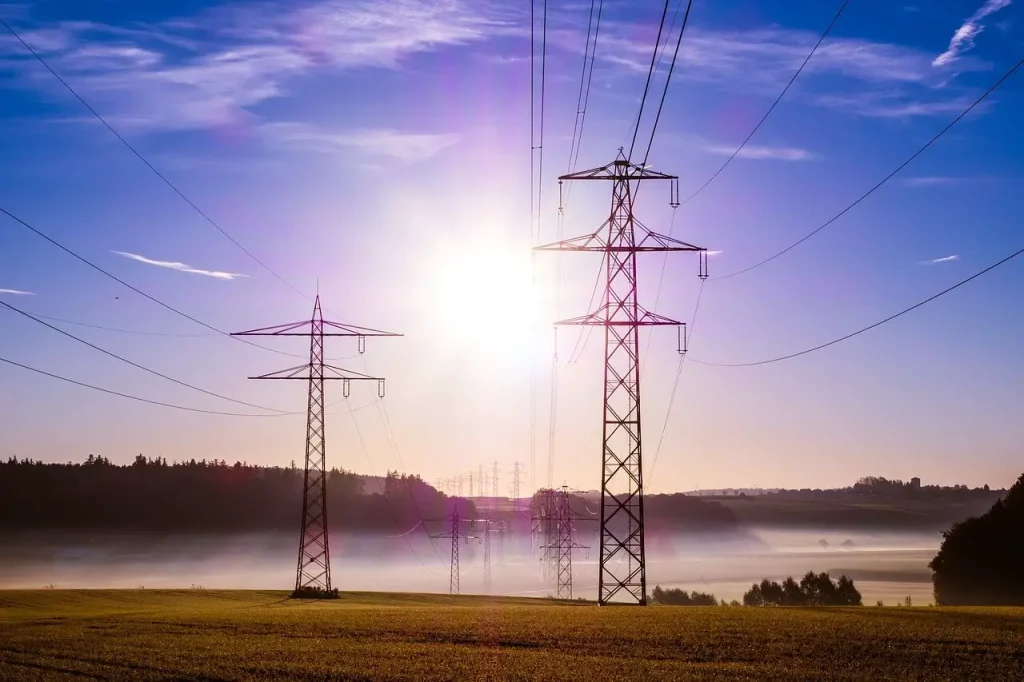The number of enterprises engaged in electricity generation, transmission and distribution rose from 89 in 2008 to 708 in 2019, while at the same time the number of their employees fell from 13,465 to 11,274. The decrease was mainly due to the fall in the number of employees at the state-owned HEP electricity distributor, from 9,271 in 2008 to 6,535 in 2019 (-29.5%).
FINA noted that many of the companies established during the reporting period had no or only a small number of employees. In 2019, out of a total of 708 companies, 458 were without any employees, while 159 had one or two.
The total revenue of companies engaged in electricity generation, transmission and distribution increased from HRK 21.1 billion in 2008 to HRK 29.6 billion in 2019. Expenditure also grew, from HRK 20.8 billion to 27 billion. Net profit rose from HRK 215.5 million in 2008 to HRK 2.2 billion in 2019, an increase of a staggering 938.4%.
The trade balance was negative throughout the reporting period. The largest trade deficit, of HRK 4.4 billion, was recorded in 2012 and the lowest, of HRK 1.6 billion, in 2014. In 2019, the trade deficit was HRK 4.1 billion, up 69.1% from the previous year.
The average net monthly salary in this sector increased from HRK 6,386 in 2008 to HRK 8,000 in 2019 (+25.3%).
FINA recalled that the restructuring of the Croatian electricity sector began in 2001, while formal liberalisation began in 2008. As of 1 July 2008, all consumers could choose their electricity provider.
During the 12-year period several competitors emerged on the electricity market, most of them after 2009.
The highest revenues and profits were generated by state-owned companies HEP (HRK 10.5 billion in revenue and HRK 1.1 billion in profit) and HEP-Proizvodnja (HRK 4.2 billion in revenue and HRK 457 million profit).
Among the privately owned companies, the highest revenues were generated by GEN-I Hrvatska (HRK 932.4 million) and E.ON Energija, previously called RWE Energija (HRK 917.5 million).
(€1 = HRK 7.5)











